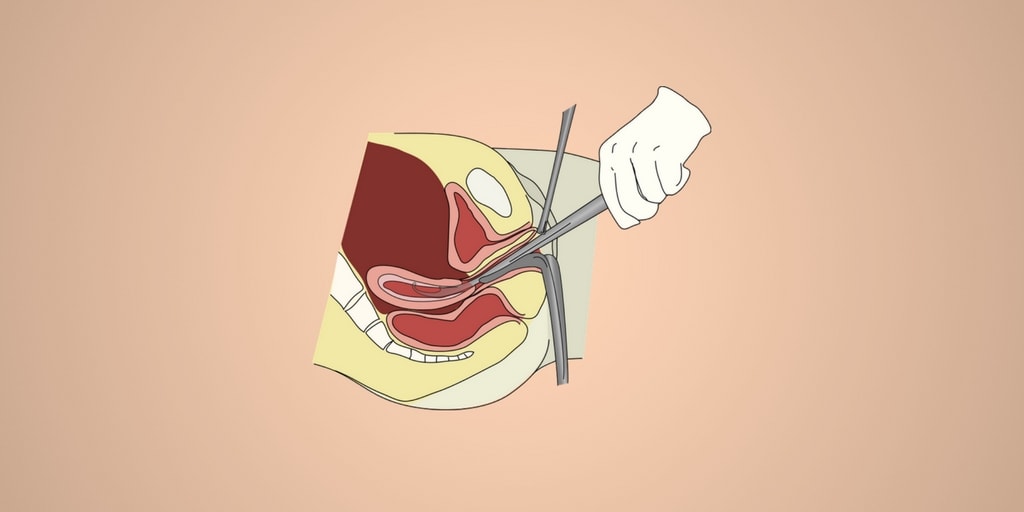Understanding D&C And Abortion Procedures
What is the safest and most effective way to manage the complexities of unintended pregnancy or pregnancy loss? Advances in medical science offer women more choices than ever before, but navigating these options requires clear, factual information.
The landscape of reproductive healthcare has evolved significantly. Procedures like dilation and curettage (D&C), once the standard for uterine evacuation, are now often replaced by less invasive techniques. Understanding these options, their benefits, and their potential risks is crucial for both patients and healthcare providers. The conversation around abortion care often focuses on the ethical and legal implications, overlooking the critical medical aspects. This discussion aims to illuminate the procedures involved, emphasizing patient safety and informed decision-making. We'll explore the evolution of uterine evacuation methods, focusing on vacuum aspiration and medical abortion as safer alternatives to sharp curettage. These advancements represent a significant step forward in providing comprehensive and compassionate reproductive healthcare.
| Procedure | Description | Benefits | Risks |
|---|---|---|---|
| Medical Abortion | Uses medication (typically mifepristone and misoprostol) to induce a miscarriage. | Non-invasive, can be performed early in pregnancy. | Can involve prolonged bleeding and cramping, may not be suitable for all pregnancies. |
| Vacuum Aspiration | Uses gentle suction to remove uterine contents. | Quick procedure, minimal recovery time. | Slight risk of perforation, infection. |
| Dilation and Curettage (D&C) | Surgical procedure involving dilation of the cervix and scraping of the uterine lining. | Effective for removing tissue, can be used for various gynecological conditions. | Higher risk of complications compared to other methods (perforation, infection, scarring). |
Planned Parenthood - Learn About Abortion
For many years, dilation and curettage (D&C) was the predominant method for terminating a pregnancy or managing miscarriage. While effective, it carries a higher risk of uterine perforation, infection, and cervical damage compared to modern techniques. The introduction of vacuum aspiration, also known as suction curettage, revolutionized abortion care. Using gentle suction to remove uterine contents, this procedure is significantly faster, requires less dilation, and carries a lower risk of complications. Its typically used in the first trimester and for managing incomplete miscarriages.
Medical abortion, using medications like mifepristone and misoprostol, offers another non-surgical option. This method induces a miscarriage and can be used in very early pregnancy. While generally safe, it can involve prolonged bleeding and cramping, and may not be appropriate for all individuals. The choice between vacuum aspiration and medical abortion often depends on the gestational age, patient preference, and accessibility of services.
The shift away from sharp curettage towards vacuum aspiration and medical abortion underscores a commitment to patient safety and well-being. These less invasive methods minimize the risk of complications, reduce recovery time, and often provide a more comfortable experience for women. Furthermore, they empower women to make informed decisions about their reproductive health. In 2014, in the US alone, one in five pregnancies ended in abortion, highlighting the importance of access to safe and effective abortion care.
The discussion surrounding abortion is often emotionally charged and politically divisive. However, its essential to remember that abortion is a common medical procedure with a long history. By prioritizing patient safety, offering a range of options, and ensuring access to accurate information, we can provide compassionate and comprehensive care for women facing difficult decisions about their reproductive health. The advancements in abortion care, particularly the transition to vacuum aspiration and medical abortion, represent a significant victory for women's health. These methods are safer, less invasive, and offer women more control over their bodies and their futures. As healthcare professionals and as a society, we have a responsibility to ensure that these options remain available and accessible to all who need them. Understanding the nuances of these procedures, including their benefits and potential risks, empowers women to make informed decisions and receive the best possible care.
The importance of accurate diagnosis coding for abortion procedures cannot be overstated. Proper coding ensures accurate record-keeping, facilitates research, and enables appropriate reimbursement for healthcare providers. Codes like 59812 for the treatment of incomplete abortion and O03.4 for incomplete spontaneous abortion without complication are crucial for documenting and tracking these procedures. Likewise, CPT codes for various abortion methods, including medical abortion and D&C, are essential for accurate billing and data analysis.
Women who experience pregnancy loss in states with restrictive abortion laws often face additional challenges. They may encounter delays in receiving necessary care, lack of access to information, and fear of legal repercussions. These barriers can exacerbate the emotional and physical toll of pregnancy loss. It is imperative to advocate for policies that prioritize women's health and ensure access to comprehensive reproductive healthcare services, regardless of geographic location or legal restrictions.
The ongoing debate surrounding abortion access underscores the need for clear and factual information about the medical aspects of these procedures. By understanding the evolution of abortion methods, the benefits of less invasive techniques, and the importance of accurate diagnosis coding, we can better support women as they navigate these complex decisions. The focus should always remain on patient safety, informed consent, and compassionate care.


:max_bytes(150000):strip_icc()/GettyImages-1171128959-6d4d846c81734be4ad1637abeabb4f04.jpg)